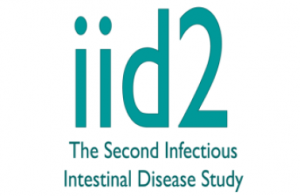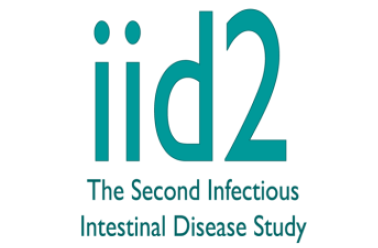According to new research published by the Food Standards Agency (FSA), nearly 17 million people suffer from stomach upsets in the UK every year, leading to about 11 million lost working days.
 |
| [relatedPosts title=”Related Posts”] |
|
|
The study, which is the biggest of its kind for more than 10 years, looked at the impact of all cases of infectious intestinal disease (IID), not just those linked to food, on the UK population. IID is typically vomiting or diarrhoea, or a combination of the two. The research was carried out by a group of organisations led by the University of Manchester.
Key findings
The research found:
- There are up to 17 million cases of IID annually, which is the equivalent of one in four people becoming ill during the year.
- Approximately 50% of people with IID took time off from work or school because of their symptoms. The University of Manchester has calculated that this represents nearly 19 million days lost – more than 11 million of these were in people of working age.
- For every case of IID recorded in national surveillance there are 147 that are unreported.
- Viruses, particularly norovirus, and the bacteria campylobacter are the most common causes of IID.
Norovirus was identified as the largest cause of IID in the UK. Although many norovirus infections are spread by person-to-person transmission, it does have the potential to cause foodborne disease and is included in the Agency’s Foodborne Disease Strategy 2010–2015.
The study also shows that campylobacter was the main cause of bacterial IID in the UK, which emphasises the need to reduce the high levels found on raw poultry in the UK. Campylobacter is estimated to cause about 500,000 cases of illness in the UK every year. It is mainly found on raw poultry, and a recent survey by the FSA found that two thirds of chicken samples on sale within the UK were contaminated with the bacteria.
In comparison with a similar study carried out in England in the mid 1990s, the findings show the rate of IID in England is now 43% higher, although fewer people are now visiting their GPs. Based on other studies, it is likely that the majority of IID is not foodborne.
Andrew Wadge, Chief Scientist at the FSA, said: ‘This new study is very important as it gives us a more accurate picture of the impact of IID on the UK population.
‘The study shows the FSA is correct to make campylobacter a key priority in its strategic plan. We know that levels of campylobacter on chicken are far too high in the UK, which is why we are working closely with the food industry to bring these levels down. We are also funding research on norovirus, which was identified as one of the most common causes of illness.
‘This study has confirmed that the burden of IID is substantial in the UK. However, a large proportion of the illnesses reported can be prevented by adopting good basic hygiene. The FSA’s advice on preparation and handling of food will help to minimise the risk from bacteria and viruses linked to food.’
Professor Sarah O’Brien, the study’s lead researcher from the University of Manchester, said: ‘It’s easy to dismiss diarrhoea and vomiting as a trivial illness, but this study reinforces just how many people’s lives are affected, and shows the impact it can have on health services and the wider economy. Our research confirms that public health policy should continue to be directed at preventing diarrhoea and vomiting by promoting good personal and food hygiene.’
More about the research
Official statistics only record a fraction of IID cases reported to healthcare services and many cases also go unreported as people recover without seeking medical help. This new study recruited individuals from general practices throughout the UK to participate in study. The data, generated from symptom questionnaires, interviews and clinical analysis, was used alongside official statistics to estimate the true incidence of IID in the UK.
The findings will help the FSA and other government departments with their work to reduce levels of IID in the UK. They will also be used to monitor the patterns of IID in the population, identify the microorganisms of greatest significance to public health, and target interventions for reducing these germs in the food chain.





